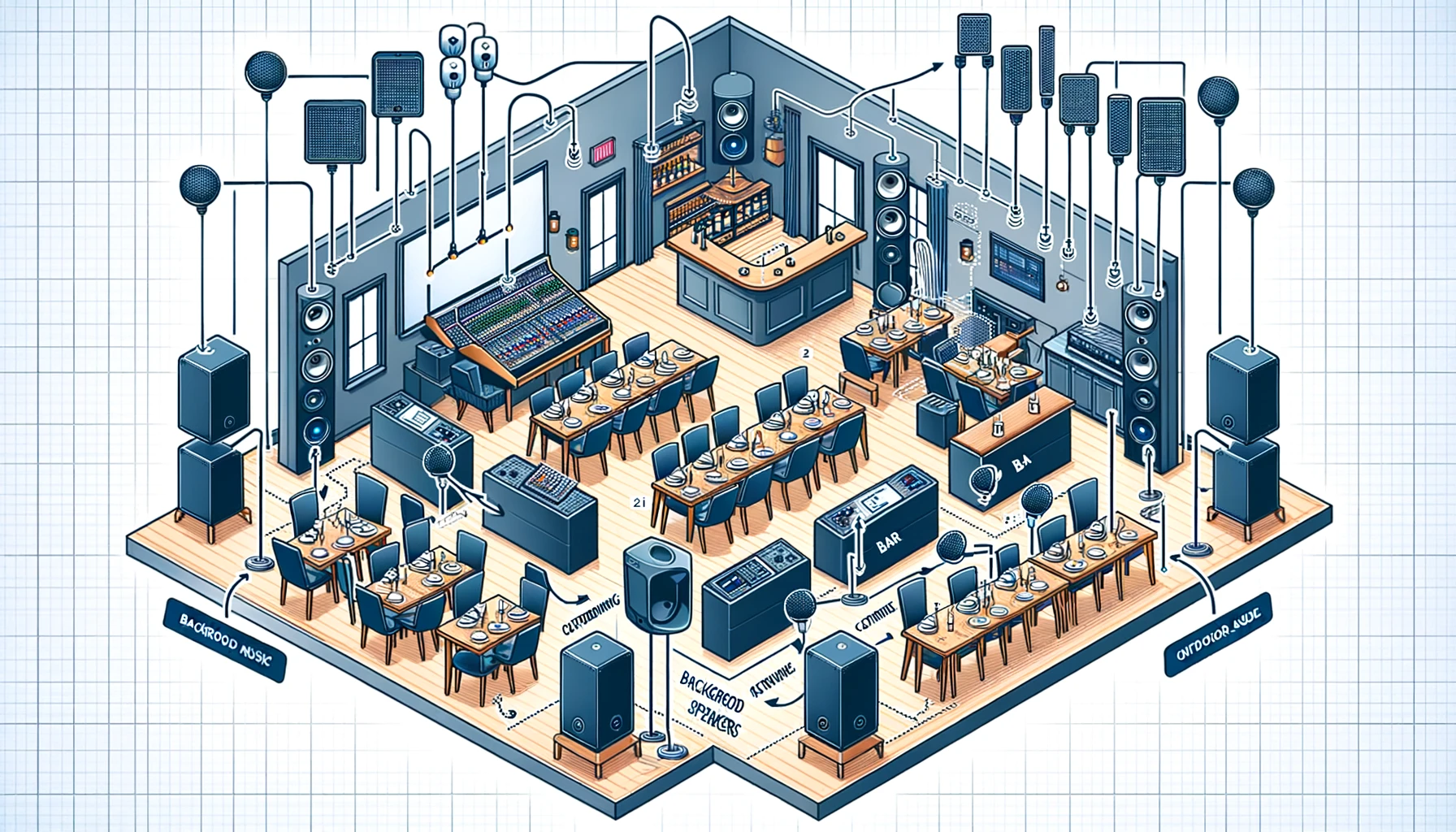
A of the key advantages of integrating outdated systems with contemporary sound communication is enhanced flexibility. Traditional sound systems often require complex cabling and restricted routing choices. With audio communication technologies like Dante or AVB, sound transmissions can be sent over standard Ethernet cables. This implies that users can easily link multiple units without the need for extensive reconfiguration. Regardless within a performance hall, a educational theater, or a corporate function, this adaptability allows for rapid adjustments and modifications to the audio setup without significant downtime.
Quality is another significant factor that enhances when older systems are modernized with current communication solutions. Legacy technologies may struggle to provide high-quality sound, especially in larger spaces or in complex occasions. By adopting audio networking, entities can take advantage of advanced capabilities such as low latency, timing, and electronic signal processing. These improvements help ensure that sound is clear and uniform, improving the overall experience for listeners and performers alike. This shift can create a noticeable difference in the way sound is experienced in various settings.
Moreover, harmonizing outdated technologies with modern technologies can lead to financial benefits in the long run. Although modernizing to new equipment may necessitate an upfront investment, the effectiveness gained through audio communication can lower maintenance expenses and decrease the requirement for ongoing repairs. Furthermore, networked systems often require fewer tangible space than conventional setups, which can save on real estate expenses in locations. Organizations can allocate resources better efficiently, using the money they save to allocate that site resources in other critical fields.
Lastly, training personnel on the method to use combined technologies becomes simpler with audio communication. Numerous modern audio communication systems come with user-friendly interfaces and distant control capabilities. This indicates that including those who may not extensive technical knowledge can learn to operate and control the audio systems efficiently. Educational programs can be developed focused on these technologies, empowering personnel to maintain and troubleshoot technologies with assurance. By blending the legacy with the modern, organizations can create a more capable and skilled workforce, ultimately leading to better sound outcomes for all involved.